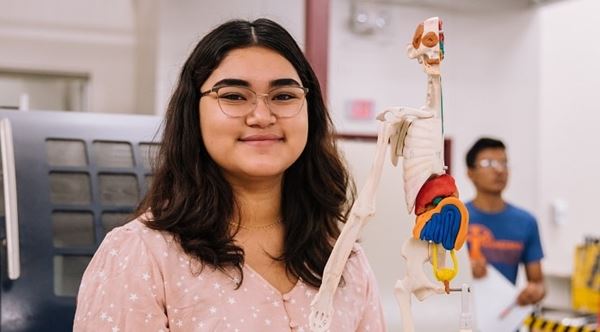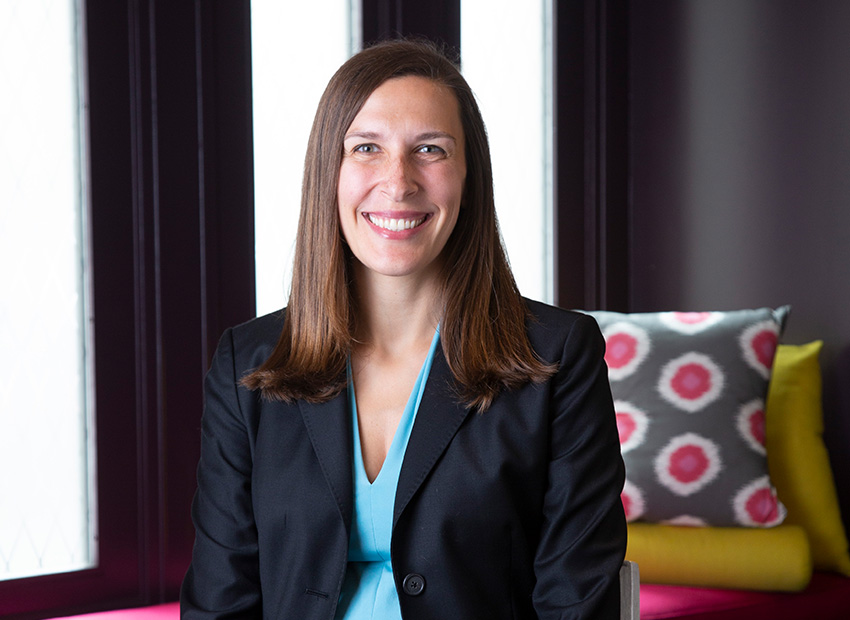What are a high school student's pre-med options?
Did you know that there are three paths pre-med students can take to medical school? Many high school students know they want to go to medical school. However, most are not really sure what that means or what their path might be to the get there.
Pre-Med
The pre-med track is what most families envision when they think of their student being pre-med. Many expect it to be four years of college during which the student majors in pre-med followed immediately by medical school. It is true that a fair number of students go directly into medical school after four years of college, but this path is less set in stone than most consider it to be.
First, families are often surprised to learn that pre-med is an advising track, not a major, and even more surprised to learn that the major a student chooses does not matter to medical schools. What medical schools do care about is that the student fulfills the med school’s academic pre-requisites and gains experience in the medical field. There are many ways to do this and the best way for students to learn more is to engage with their college’s pre-med advisors. For students in the midst of their college research, we encourage them to learn more about choosing a pre-med program.
Second, not everyone who ends up in medical school is on a linear path. Students who take this more “traditional” pre-med path will have a lot of options available to them. They can attend nearly any college or university. They can spend their undergraduate years preparing for medical school. They can apply to medical school any time from the end of junior year to any point in their post-graduate life. Or maybe they explore different fields along the way, in college or post-graduation. A student who decides later to apply to medical school or who stumbles in their academic path can attend a post-bac program to prepare them academically to apply for medical school.
Early Assurance
An Early Assurance program is an opportunity that students may come across during their college research. This is when a medical school partners with one or more undergraduate colleges and allows students from those colleges to apply in sophomore or junior year of college. Those admitted then receive a conditional acceptance to that medical school.
These programs are often harder to identify but can sometimes be found on an undergraduate college’s pre-med advising website. Some of these programs are created as admissions pipelines from underrepresented-in-medicine communities, such as Boston University’s Early Medical School Selection Program. Others, such as Georgetown University and Loyola Chicago University, exist only for their own undergraduate students. There are also a small number of programs that allow students to apply from any college such as Icahn School of Medicine’s FlexMed Program and The University of Toledo College of Medicine’s MedStart Program.
BS/MD
BS/MD programs are for high school students who are certain of their medical path and have been preparing academically and extracurricularly for this pathway throughout high school. BS/MD applicants are applying to college and medical school at the same time, and their application will be evaluated by both undergraduate admissions and medical school admissions. If admitted, they will be admitted to the undergraduate college and conditionally admitted to the medical school. Because there are requirements students need to fulfill to remain in the program, it is not a guaranteed spot in the medical schools.
Contrary to popular belief, most BS/MD programs last seven to eight years, require the MCAT, and are open only to US citizens or permanent residents. Some focus on specific populations like Augusta University’s Professional Scholars Program which has a preference for Georgia residents or Texas A&M which has many specific requirements including prioritizing students from rural or medically underserved communities. Other programs provide opportunities to join the college’s honors program, like Brooklyn College of CUNY, or provide access to scholarships, like Baylor University’s Baylor2Medical Track.
Students are often excited to learn about BS/MD programs. However, all BS/MD programs are highly selective and the decision to commit to medical school in high school is a big one. We suggest exploring more about the pros and cons of BS/MD programs and what is needed to be a successful applicant to a BS/MD program.






